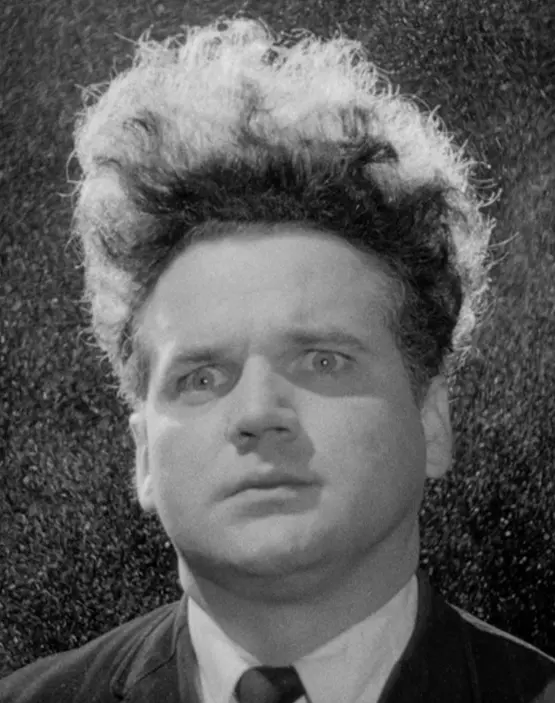The American workers who have had their careers upended by automation in recent decades have largely been less educated, especially men working in manufacturing.
But the new kind of automation — artificial intelligence systems called large language models, like ChatGPT and Google’s Bard — is changing that. These tools can rapidly process and synthesize information and generate new content. The jobs most exposed to automation now are office jobs, those that require more cognitive skills, creativity and high levels of education. The workers affected are likelier to be highly paid, and slightly likelier to be women, a variety of research has found.
“It’s surprised most people, including me,” said Erik Brynjolfsson, a professor at the Stanford Institute for Human-Centered A.I., who had predicted that creativity and tech skills would insulate people from the effects of automation. “To be brutally honest, we had a hierarchy of things that technology could do, and we felt comfortable saying things like creative work, professional work, emotional intelligence would be hard for machines to ever do. Now that’s all been upended.”
A range of new research has analyzed the tasks of American workers, using the Labor Department’s O*Net database, and hypothesized which of them large language models could do. It has found these models could significantly help with tasks in one-fifth to one-quarter of occupations. In a majority of jobs, the models could do some of the tasks, found the analyses, including from Pew Research Center and Goldman Sachs.
For now, the models still sometimes produce incorrect information, and are more likely to assist workers than replace them, said Pamela Mishkin and Tyna Eloundou, researchers at OpenAI, the company and research lab behind ChatGPT. They did a similar study, analyzing the 19,265 tasks done in 923 occupations, and found that large language models could do some of the tasks that 80 percent of American workers do.



Yeah